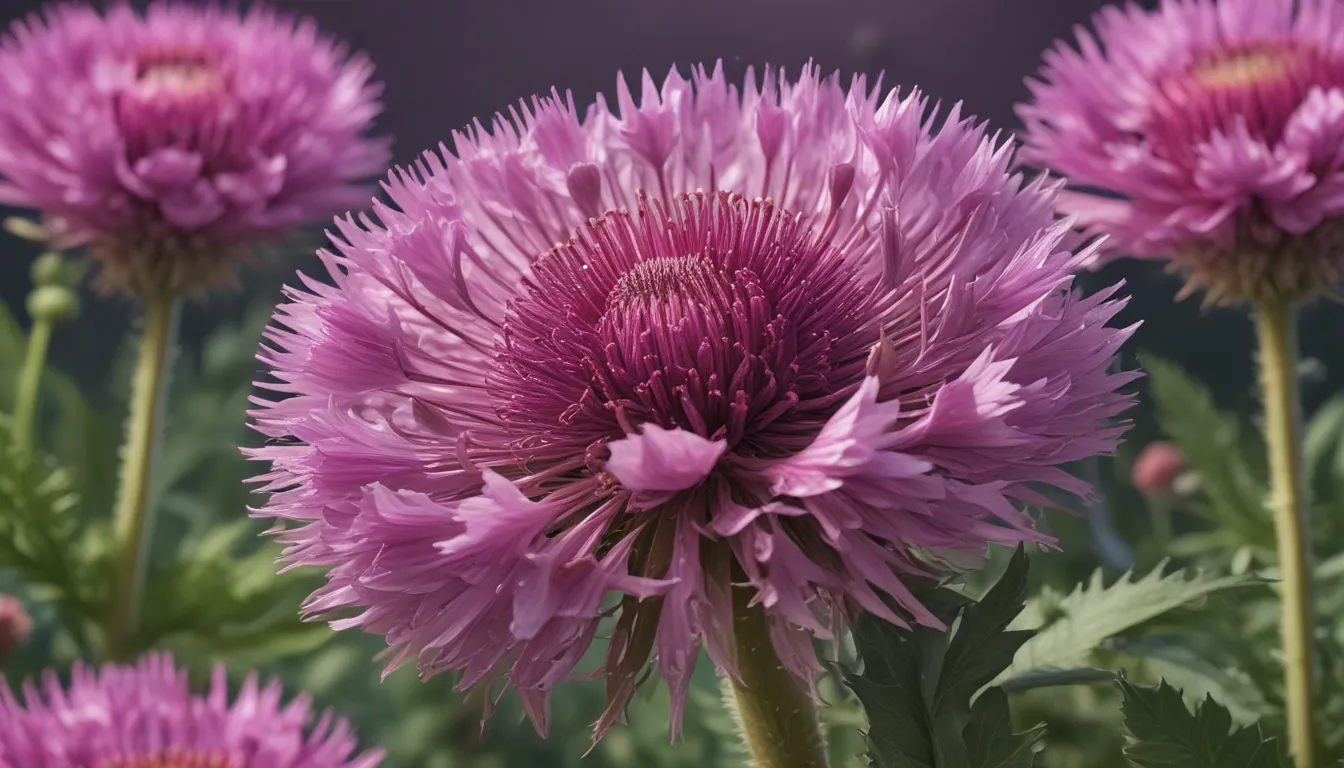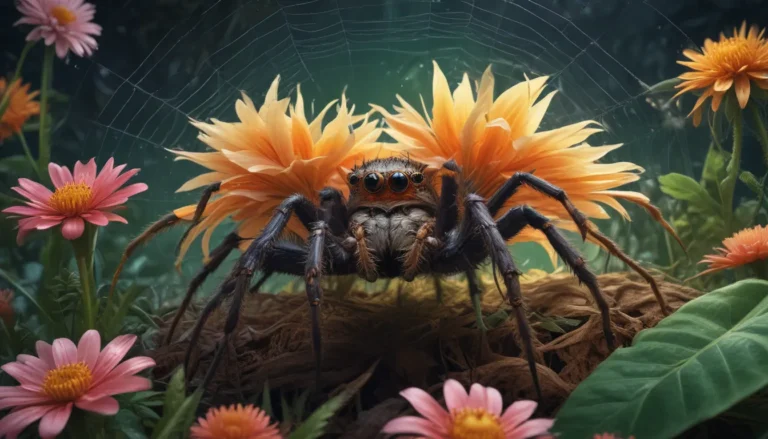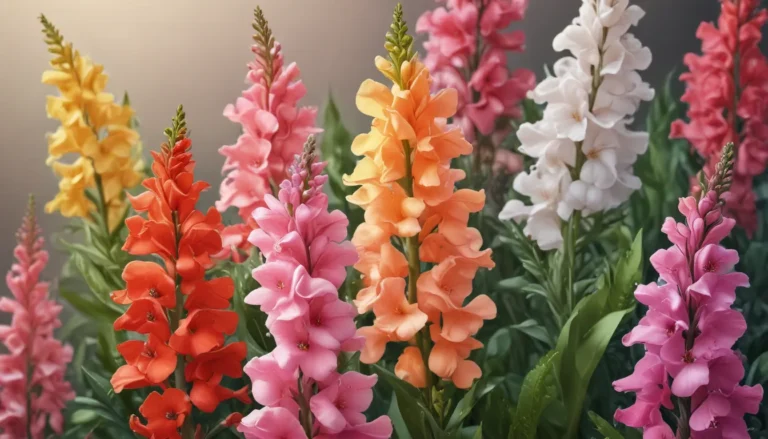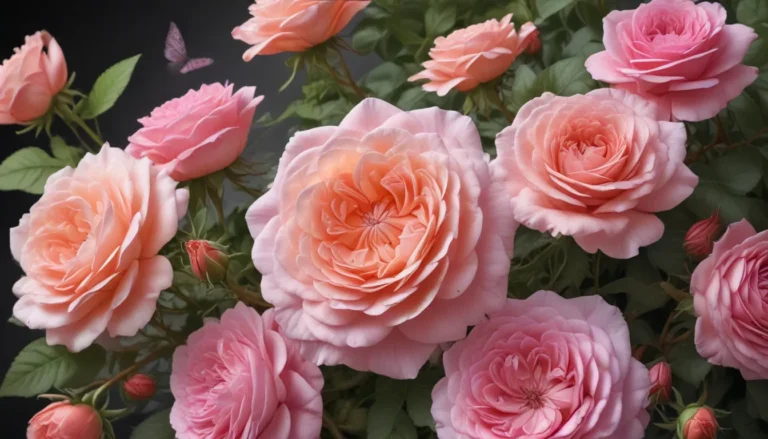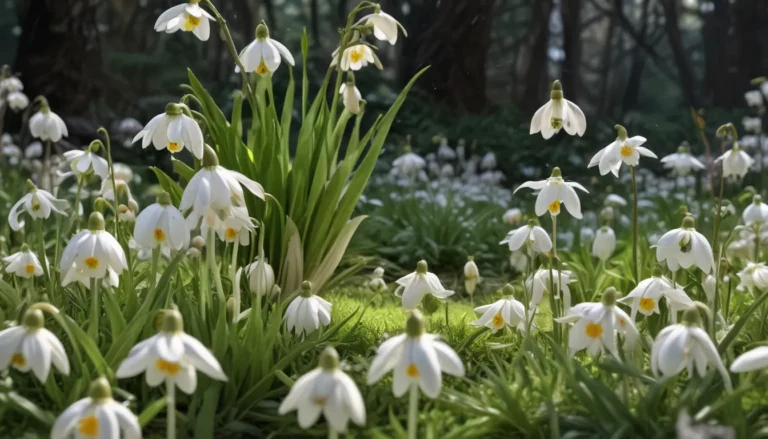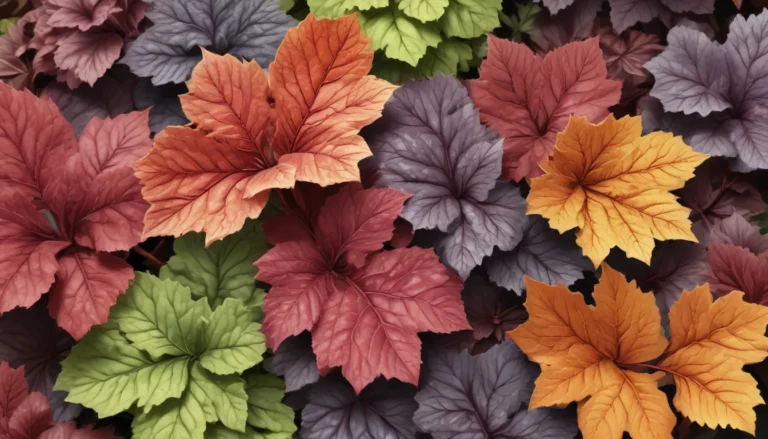The pictures we use in our articles might not show exactly what the words say. We choose these pictures to make you interested in reading more. The pictures work together with the words but don’t take their place. The words still tell you the important facts.
Are you ready to embark on an enchanting journey through the realm of Cirsium? Get ready to uncover the wonders of these remarkable plants as we delve into their rich history, diverse species, and ecological significance. From their fascinating adaptations to their cultural symbolism, Cirsium has captivated the hearts of botanists, gardeners, and nature enthusiasts worldwide. Let's explore the magic of Cirsium together and unearth eight astonishing facts that make these plants truly extraordinary.
The Enchanting History of Cirsium
Let's travel back in time and discover the fascinating history of Cirsium. This genus of flowering plants in the family Asteraceae has been intertwined with human culture for thousands of years. Used for food, medicine, and as a symbol of love and beauty, Cirsium holds a special place in the hearts of many civilizations throughout history.
Embracing the Diversity of Cirsium Species
With over 200 species scattered across the globe, Cirsium boasts a remarkable diversity that is sure to impress. Each species showcases its unique characteristics, from vibrant flower colors to different growth habits. Some species are native to specific regions, while others have made their mark as invasive plants in various ecosystems.
Cirsium: A Haven for Pollinators
Bees, butterflies, and other pollinators flock to Cirsium plants, drawn in by their vibrant blooms bursting with nectar and pollen. This mutualistic relationship between Cirsium and pollinators sustains the delicate balance of nature, ensuring the survival of both plant and insect species.
Unveiling the Medicinal Secrets of Cirsium
Delve into the world of traditional medicine and explore the medicinal properties of Cirsium. Believed to have anti-inflammatory, diuretic, and antioxidant effects, extracts from Cirsium plants have been used to treat a range of conditions, from liver diseases to skin disorders.
A Culinary Journey with Cirsium
Did you know that some species of Cirsium are not just pleasing to the eyes but also tantalizing to the taste buds? Embark on a culinary adventure with Cirsium as you explore the edible parts of these plants. From young shoots to flower buds, Cirsium offers a slightly bitter taste reminiscent of artichokes that is sure to tantalize your palate.
Unraveling the Cultural Significance of Cirsium
Step into the world of literature and art where Cirsium shines as a symbol of love and beauty. Throughout various cultures, the presence of Cirsium flowers signifies deep affection and admiration, inspiring poets, painters, and romantic souls with its elegant appearance.
Adapting to Thrive: The Resilience of Cirsium
Marvel at the remarkable adaptations of Cirsium plants that enable them to thrive in diverse environments. From spiny leaves to tolerance for rocky and sandy soils, Cirsium has developed unique mechanisms to survive and flourish in the face of challenges.
Protecting the Future of Cirsium
Despite its resilience, Cirsium faces threats such as habitat loss and invasive species. Conservation efforts are crucial to safeguard the diversity and ecological balance of Cirsium populations, ensuring their survival for future generations to cherish.
Unleashing the Magic of Cirsium
As we conclude our exploration of the enchanting world of Cirsium, let us not forget the remarkable facts that make these plants truly extraordinary. Whether you are a seasoned nature enthusiast, a budding gardener, or simply curious about the wonders of the natural world, Cirsium invites you to marvel at its beauty and unrivaled diversity.
Unveiling the Mysteries of Cirsium: FAQs
What is Cirsium?
Cirsium is a genus of plants in the family Asteraceae, commonly known as thistles, characterized by their spiky appearance and unique flowering structures.
Where can Cirsium be found?
Cirsium species can be found in various regions across the globe, including North America, Europe, Asia, and Africa, typically thriving in meadows, fields, and open areas.
What are some adaptations of Cirsium?
Cirsium exhibits adaptations such as spiny leaves and stems to deter herbivores and the ability to withstand drought conditions, enabling them to thrive in diverse environments.
Are all thistles considered Cirsium?
Not all thistles belong to the genus Cirsium, as thistles encompass a diverse group of plants with Cirsium being just one of many within this larger family.
Are there practical uses for Cirsium?
Yes, Cirsium has practical uses ranging from ornamental cultivation to medicinal properties utilized in traditional herbal medicine.
Can Cirsium be consumed?
Certain parts of Cirsium plants, such as young leaves and stems, are edible and used in salads, stews, and teas, renowned for their nutritional value.
Is Cirsium considered invasive?
Some species of Cirsium can be invasive in specific regions, emphasizing the importance of managing and controlling their spread to protect native ecosystems.
How can I grow Cirsium in my garden?
To cultivate Cirsium in your garden, ensure well-drained soil, ample sunlight, and regular watering, choosing a native species suited to your climate and growing conditions for optimal growth and health.
Embark on a journey through the captivating world of Cirsium, where history, diversity, and ecological significance converge to create a mesmerizing tapestry of nature's wonders. Join us in unraveling the mysteries of Cirsium and uncovering the magic that makes these plants truly extraordinary.
